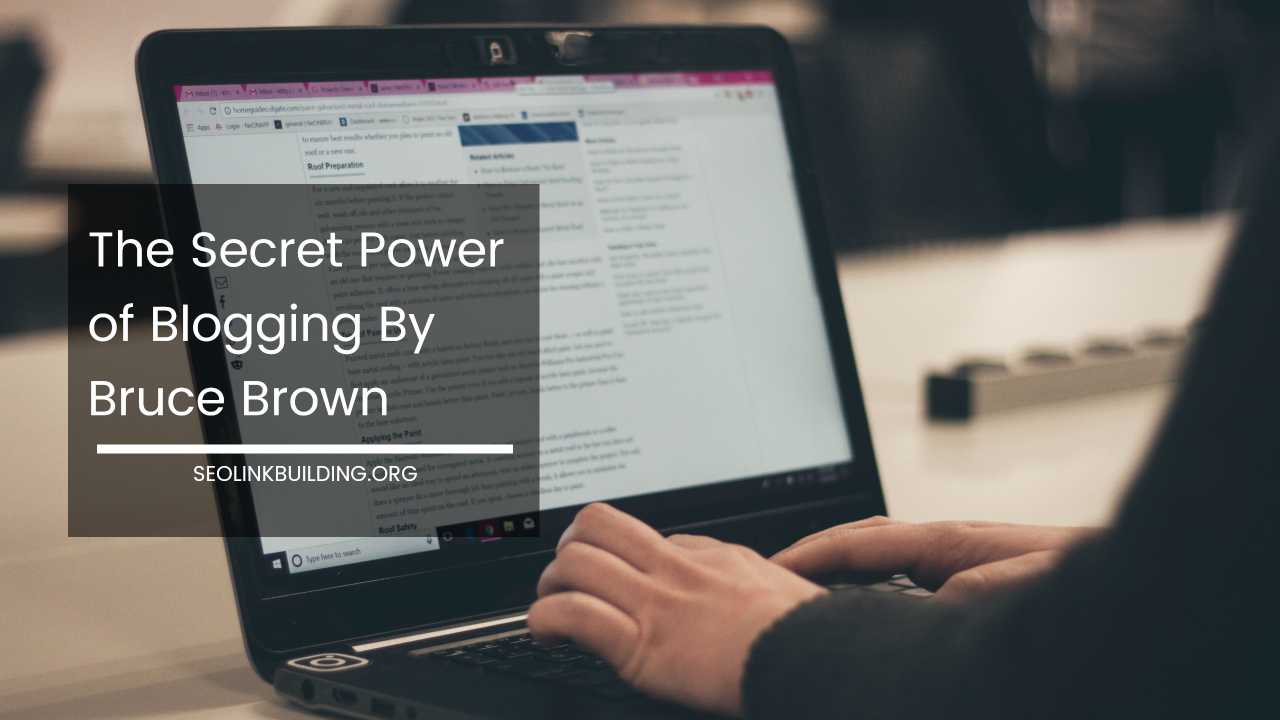In-Depth Guide to On-Page SEO Optimization

On-Page SEO Optimization
Ultimate Guide to On-Page SEO Optimization: Boost Your Rankings & Traffic
On-page SEO is a critical aspect of search engine optimization that involves optimizing individual web pages to enhance their visibility and ranking in search engine results pages (SERPs).
By implementing effective on-page SEO strategies, you can improve your website’s user experience and attract more organic traffic.
This comprehensive guide will walk you through the essential components and techniques of on-page SEO, providing actionable insights for optimizing your website.
Understanding the Basics of On-Page SEO
Before delving into specific optimization techniques, let’s clarify the fundamental elements of on-page SEO.
Keyword Research
Keyword research is the foundation of effective SEO. It involves identifying the terms and phrases your target audience is searching for.
This process not only helps you understand what keywords to target but also gives insight into user intent, whether they are looking for information, products, or services.
- Identifying Long-Tail Keywords: Long-tail keywords are phrases that are typically longer and more specific. While they may have lower search volume, they often have less competition and a higher conversion rate since they target users further along in the buying cycle.
- Understanding User Intent: Different types of searches indicate different user intents, such as informational (looking for answers), navigational (searching for a specific website), and transactional (ready to purchase). Aligning your content with these intents can lead to better engagement and higher rankings.
Keyword Placement
Once you’ve identified your keywords, the next step is to strategically incorporate them into various parts of your web pages. Effective keyword placement involves:
- Page Title: Your title tag should be compelling, include your main keyword, and accurately reflect the page’s content. A well-crafted title can significantly improve your click-through rates (CTR).
- Meta Description: This brief summary appears in search results. Writing a concise and informative meta description that includes your target keyword can entice users to click on your link.
- Header Tags (H1, H2, H3): Using header tags to structure your content not only helps improve readability but also signals to search engines the hierarchy of your content.
- Body Content: Integrate your target keywords naturally within the text. Avoid keyword stuffing, which can harm your SEO efforts and lead to a poor user experience.
Content Quality
High-quality content is paramount in satisfying user intent. This involves creating informative, engaging, and original content that resonates with your audience. Consider the following strategies:
- Creating Comprehensive Content: Aim for thorough coverage of the topic at hand. Comprehensive articles tend to rank better as they provide valuable information to users.
- Regular Updates: Refreshing and updating existing content can improve its relevance and search rankings. Regular updates signal to search engines that your content is current and worth showing to users.
Technical Optimization
Technical SEO ensures your website is accessible and indexable by search engines. Key components include:
- Site Speed: A slow-loading website can lead to high bounce rates and lower rankings. Optimize images, leverage browser caching, and minimize HTTP requests to improve speed.
- Mobile-Friendliness: With an increasing number of users accessing the web via mobile devices, ensuring your site is mobile-friendly is essential. A responsive design adjusts to different screen sizes, enhancing user experience.
- Structured Data: Implementing structured data (schema markup) can help search engines better understand your content, potentially leading to rich snippets in search results.
User Experience (UX)
Providing a positive user experience is critical for retaining visitors and improving your site’s rankings. Consider the following aspects:
- Intuitive Navigation: Ensure your website’s navigation is straightforward and logical. A clear menu helps users find what they need quickly, reducing bounce rates.
- Readable Layout: Use appropriate font sizes, line spacing, and color contrast to improve readability. Break up large blocks of text to make your content more digestible.
Essential On-Page SEO Techniques
Let’s explore specific tactics to optimize your web pages effectively.
Keyword Research and Optimization
Utilizing Keyword Research Tools
Make use of keyword research tools like Google Keyword Planner, SEMrush, and Ahrefs to discover relevant keywords. These tools offer insights into search volume, competition, and keyword difficulty, aiding you in selecting the best terms to target.
Keyword Mapping Strategy
Assign appropriate keywords to each page on your website. This practice helps avoid keyword cannibalization—where multiple pages compete for the same keyword—and enhances your targeting efforts.
High-Quality Content Creation
User-Centric Content Development
Focus on creating content that directly addresses your audience’s needs, interests, and questions. Utilize tools like Answer the Public to identify common queries related to your topic.
Ensuring Originality and Value
Your content must be unique and provide real value. This might involve sharing insights, answering specific questions, or delivering comprehensive guides that surpass competitors in quality and depth.
Structuring Content for Readability
Employ clear headings, subheadings, and bullet points to improve the readability of your content. Well-structured content not only helps users navigate your page but also signals its structure to search engines.
Optimized Content Length
Aim for content that is long enough to cover the topic thoroughly but concise enough to maintain user interest. Articles in the range of 1,500 to 2,500 words often perform well, as they provide comprehensive information without overwhelming the reader.
Enhancing Engagement with Visual Elements
Incorporate images, infographics, and videos to enrich user engagement. Visual content can help convey complex information more effectively and keep visitors on your page longer.
Meta Tags and Title Optimization
Crafting Compelling Title Tags
Create a compelling title that accurately describes your content while including your target keyword. Keep it under 60 characters to ensure it displays fully in search results.
Writing Informative Meta Descriptions
Write a clear and informative meta description summarizing your page’s content and including your target keyword. Aim for around 150-160 characters for optimal display in search results.
URL Structure
Utilizing Keyword-Rich URLs
Use descriptive, keyword-rich URLs that are easy to read and remember. For example, instead of www.example.com/page1, opt for www.example.com/on-page-seo-guide.
Keeping URLs Concise
Avoid overly long URLs, as shorter URLs tend to be easier to read and share. A concise URL enhances user experience and SEO.
Hyphen Usage for Readability
Separate words in URLs with hyphens instead of underscores. Search engines treat hyphens as spaces, improving readability and indexing.
Header Tags (H1, H2, H3)
Establishing Hierarchical Structure
Use header tags to organize your content hierarchically. The H1 tag should be reserved for the main title, while H2 and H3 tags can be utilized for subheadings and sub-sections.
Strategic Keyword Usage
Incorporate your target keyword into the H1 tag and relevant header tags to enhance keyword relevance and aid search engines in understanding your content’s structure.
Image Optimization
Adding Alt Text
Include descriptive alt text for your images. This not only provides context for search engines but also improves accessibility for visually impaired users. Alt text can also help images appear in search results.
Compressing Image Files
Optimize image files to reduce their size without sacrificing quality. Tools like TinyPNG or ImageOptim can help achieve faster loading times, which are crucial for user experience.
Using Descriptive Filenames
Name your image files descriptively and include relevant keywords. For instance, instead of IMG_12345.jpg, use on-page-seo-optimization.jpg to enhance relevance.
Internal and External Linking
Implementing Internal Linking
Link to other relevant pages on your website. Internal links help with site navigation, distribute page authority, and improve the overall SEO performance of your site.
Leveraging External Linking
Link to authoritative external sources to establish credibility and provide additional context. Ensure these links are relevant and enhance the value of your content.
Mobile-Friendliness
Ensuring Responsive Design
Make certain that your website is responsive and adapts to various screen sizes. A mobile-friendly design is essential, as search engines prioritize mobile usability in rankings.
Optimizing for Mobile-Specific Factors
Consider elements like page load speed and touch-friendly navigation for mobile users. Use Google’s Mobile-Friendly Test tool to evaluate your site’s mobile usability.
Technical SEO
Improving Site Speed
Optimize your website’s loading speed to enhance user experience and search engine rankings. Use tools like Google PageSpeed Insights to identify areas for improvement, such as image optimization and server response time.
Creating an XML Sitemap
Develop an XML sitemap to assist search engines in crawling and indexing your website’s pages effectively. This acts as a roadmap, ensuring search engines can find all your content.
Managing Robots.txt File
Use a robots.txt file to instruct search engines on which pages to crawl and which to avoid. This helps manage your site’s indexing and improves SEO efficiency.
Implementing HTTPS
Adopt HTTPS to secure your website and build user trust. Search engines often favor sites with HTTPS, which can positively influence rankings.
User Experience (UX)
Designing an Intuitive Page Layout
Craft a clear and intuitive page layout that facilitates easy navigation. An organized design enhances user experience and encourages longer visits.
Enhancing Readability
Utilize legible fonts, appropriate line spacing, and sufficient contrast to improve readability. A well-structured layout with clear fonts can significantly impact user engagement.
Providing Clear Navigation
Ensure your navigation menu is clear and accessible. Users should be able to find information quickly, reducing frustration and bounce rates.
Continually Optimizing Site Speed
Regularly evaluate and optimize your website’s loading speed. Users are less likely to engage with slow-loading pages, which can adversely affect your SEO performance.
Measuring and Tracking On-Page SEO Success
To effectively measure the success of your on-page SEO efforts, consider the following metrics:
Monitoring Organic Traffic
Track changes in organic traffic to your website over time. Utilize tools like Google Analytics to analyze which pages attract visitors and how this changes after implementing SEO strategies.
Tracking Keyword Rankings
Monitor your website’s rankings for target keywords. Tools like SEMrush and Ahrefs can help you keep an eye on keyword performance and adjust your strategy as needed.
Evaluating User Engagement
Measure engagement metrics such as bounce rate, time on page, and pages per session. High engagement levels often indicate quality content and a positive user experience.
Analyzing Conversion Rates
Examine how well your website converts visitors into customers or leads. Use Google Analytics to set up goals and track conversions, helping you refine your content and strategies.
Emphasizing Continuous Improvement
SEO is an ongoing process, requiring regular monitoring and adaptation. Stay updated with SEO trends, review performance metrics, and adjust your strategies accordingly.
This commitment to continuous improvement will help ensure your on-page optimization efforts remain effective in the dynamic landscape of search engine algorithms.
Final Thoughts
By consistently implementing and monitoring on-page SEO best practices, you can significantly enhance your website’s visibility, attract more organic traffic, and achieve your online marketing goals.
Remember that the key to successful on-page SEO lies not just in optimization techniques but also in understanding and addressing your audience’s needs.
Focus on creating valuable content, enhancing user experience, and staying informed about SEO trends to maintain a competitive edge in the digital landscape.
By doing so, you’ll not only improve your search engine rankings but also foster a loyal audience that finds genuine value in what you offer.













